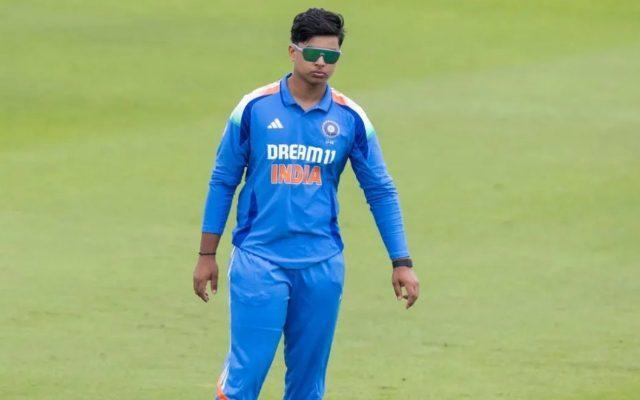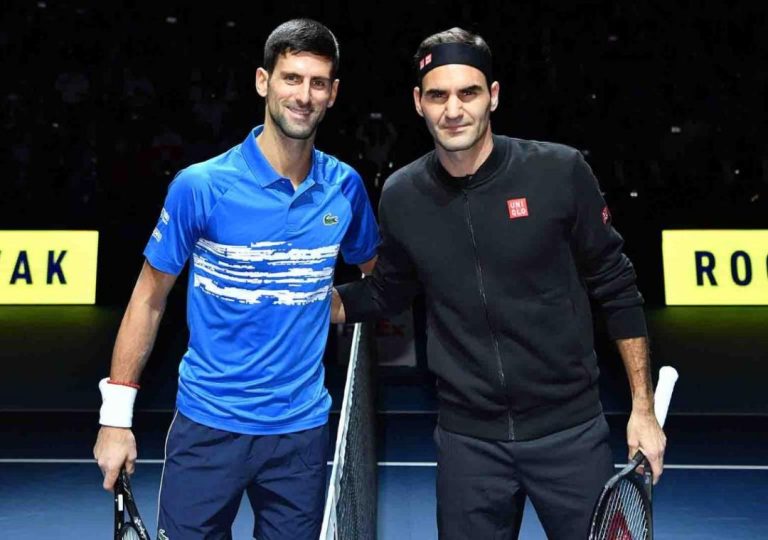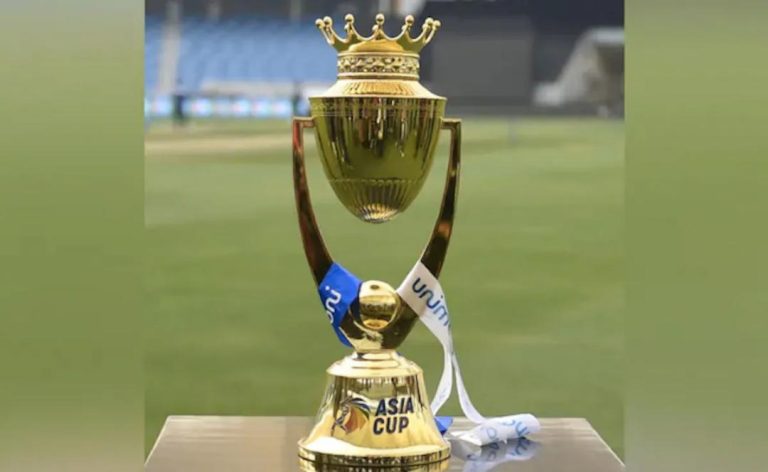
Ravindra Jadeja Compares Captaincy in T20 & Test Format
Ravindra Jadeja, the Indian all-rounder, has been a key player in the Indian team across formats. Recently, he sat down with his teammate and fellow spinner R Ashwin to discuss the challenges and differences he faces while leading the team in different formats. In an exclusive conversation, Jadeja shed light on the varying demands of captaincy in Test and T20 Internationals.
Captaincy is a crucial aspect of a team’s success, and every format presents its own unique set of challenges. Jadeja, who has led the Indian team in both Tests and T20Is, offered valuable insights into the differences he has experienced. According to Jadeja, Test cricket is a more calculative and simple format, whereas T20Is are more eventful and require a different approach.
“In Test cricket, you have to change two-three fielders as per the need of the bowler,” Jadeja explained. “Captaincy in Test cricket is different. It’s simple, but calculative. It’s not complicated like IPL or T20Is. In T20s, every ball is an event.” This quote highlights the stark contrast between the two formats. In Test cricket, captains have the luxury of time to plan and execute their strategies, whereas in T20Is, every ball is a critical moment that requires instant decisions.
Jadeja’s words are a testament to the fast-paced nature of T20 cricket. The format is known for its high-scoring games, dramatic turnarounds, and intense pressure. Captains in T20I cricket must be able to think on their feet and make quick decisions to outmaneuver their opponents. In contrast, Test cricket allows for a more measured approach, with captains having the time to analyze the game situation and make strategic adjustments.
Another significant difference Jadeja highlighted is the role of the bowlers in each format. In Test cricket, bowlers have a more prominent role, with the ability to bowl multiple overs and create pressure on the opposition. In T20Is, bowlers are often used in shorter spells, and their primary focus is on taking wickets quickly. Jadeja acknowledged the importance of adapting to these differing demands as a captain.
“In Test cricket, you have to be more patient and wait for the bowlers to create opportunities. In T20s, you have to be more aggressive and take the game away from the opposition,” Jadeja emphasized.
Jadeja’s experience as a captain in both formats has given him a unique perspective on the challenges and opportunities that arise in each. He has led the Indian team in several high-pressure situations, including the Nidahas Trophy in 2018 and the T20I series against Australia earlier this year.
As a captain, Jadeja has had to navigate the complexities of each format, from managing the team’s strategy to motivating individual players. His words offer valuable insights into the mental and tactical demands of captaincy in each format.
In conclusion, Jadeja’s comparison of captaincy in T20 and Test cricket highlights the distinct challenges and opportunities that arise in each format. While Test cricket demands a more calculated and patient approach, T20Is require a more aggressive and event-driven approach. As a captain, Jadeja has had to adapt to these differences, using his experience and instincts to lead the Indian team to success in both formats.






